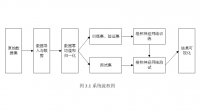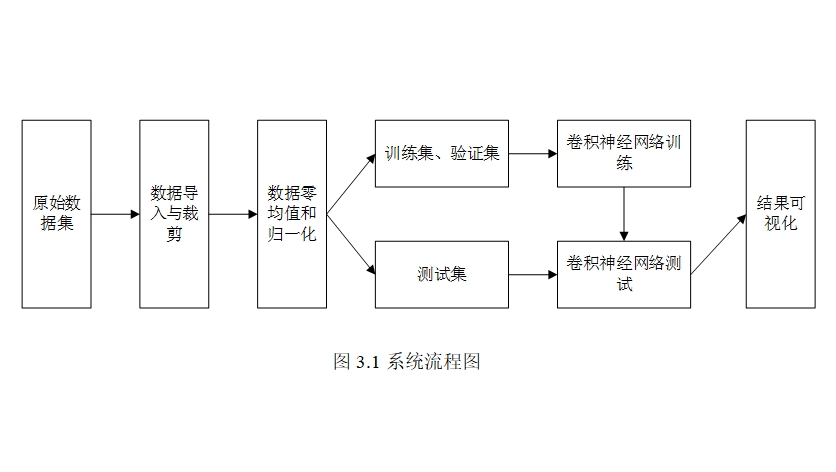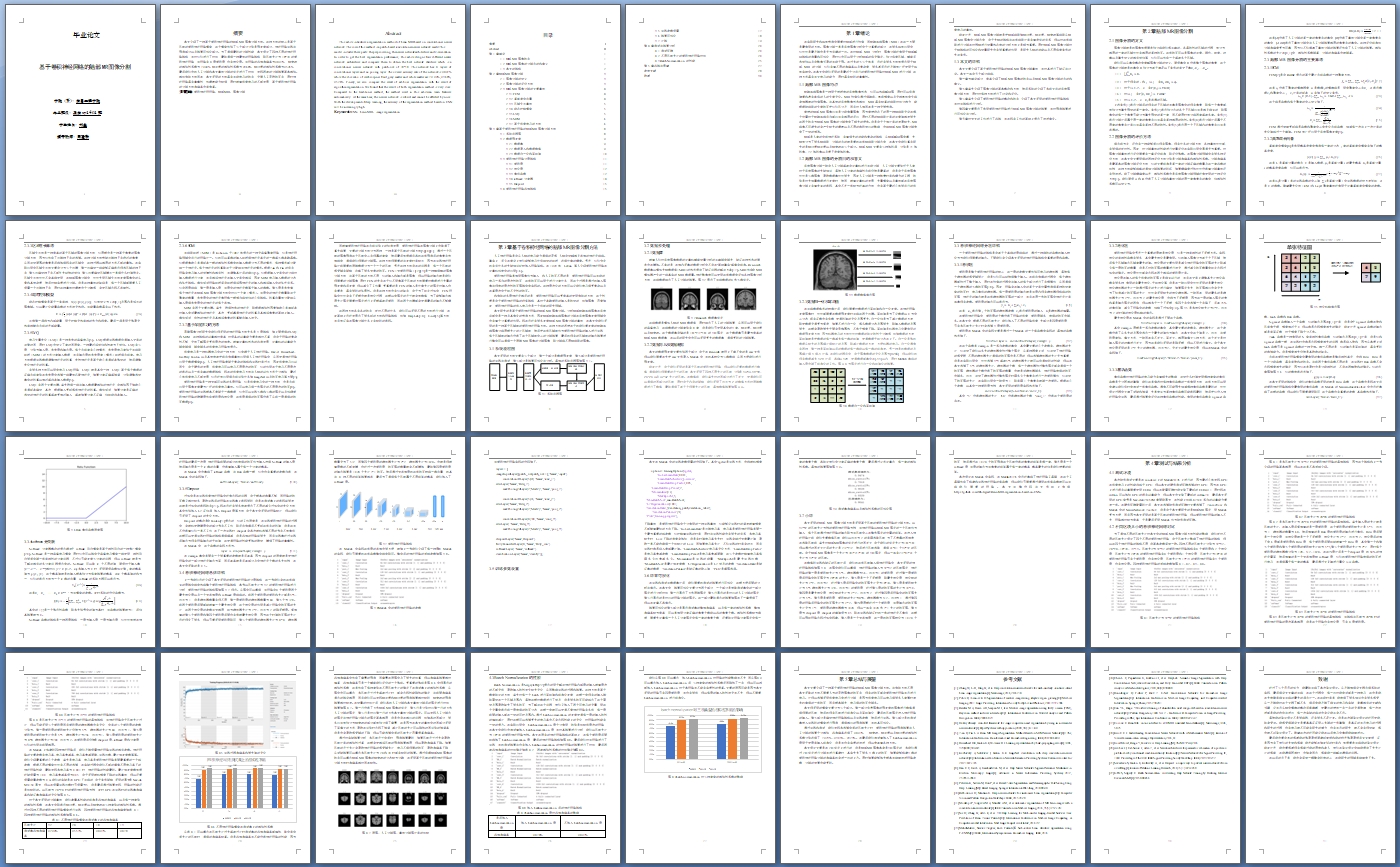基于卷积神经网络的脑部MR图像分割

基于卷积神经网络的脑部MR图像分割(任务书,开题报告,外文翻译,论文17200字)
摘要
本文介绍了一种基于卷积神经网络的脑部MR图像分割方法。这种方法的核心是基于区块的卷积神经网络模型,这个模型包括了三个部分分别是预处理部分、神经网络训练与预测部分以及结果可视化部分。为了得到最好的分割性能,本文设计了四种不同的神经网络结构,并对它们进行了对比,最终得到一种最佳的网络结构,即区块大小为18*18的卷积神经网络,该网络有4层卷积层,没有池化层。该网络的总体准确率为94.97%,脑脊液的相似性系数为79.99%,脑灰质的相似性系数为93.68%,脑白质的相似性系数为95.26%,最后我们也将人工分割和本文算法分割的切片进行了对比,发现两者的分割结果基本相似。相比传统方法而言,本文采用的方法具有自动学习的特点,无需人工寻找特征点,同时神经网络具有鲁棒性,抗噪声能力较强,同时随着深度学习的不断发展,基于卷积神经网络的分割方法准确率也非常高。
关键词:卷积神经网网络;脑部MRI;图像分割
Abstract
This article introduces a segmentation method of brain MRI based on convolutional neural network. The core of this method is a patch-based convolutional neural network model. This model includes three parts: the preprocessing, the neural networkarchitecture and visualization. In order to get the best segmentation performance, this article designs four different neural network architecture and compares them to obtain the best network structure which is a convolutional neural network with patch-size of 18*18. This network has 4 layers of convolutional layers and no pooling layer. The overall accuracy rate of the network is 94.97% while the dice ratio of cerebrospinal fluid, gray matter and white matter are 79.99%, 93.68%, 95.26%. Finally, we also compare the result of artificial segmentation with the result of algorithm segmentation. We found that the result of both segmentation method is very close. Compared to the traditional method, the method used in this articlecan learn features automatically. At the same time, the neural network is robust and cannot be affected by noise. With the development of deep learning, the accuracy of the segmentation method based on CNN will be increasingly high.
[资料来源:Doc163.com]
Keywords:CNN;brain MRI;image segmentation


目录
摘要 I
Abstract II
第1章绪论 1
1.1脑部MR图像特点 1
1.2脑部MR图像的分割目的和意义 1
1.3本文的结构 2
第2章脑部MR图像分割 3
2.1图像分割的定义 3
2.2图像分割的评价方法 3
2.3脑部MR图像分割的主要算法 4
2.3.1 FCM 4
2.3.2高斯混合向量 4
2.3.3区域生长算法 5
[资料来源:http://Doc163.com]
2.3.4动态控制模型 5
2.3.5 LVQ 5
2.3.6 SOM 6
2.3.7基于深度学习的方法 6
第3章基于卷积神经网络的脑部MR图像分割方法 8
3.1系统流程图 8
3.2数据预处理 9
3.2.1数据集 9
3.2.2数据导入和数据裁剪 9
3.2.3数据归一化和零均值 10
3.3卷积神经网络分层结构 11
3.3.1卷积层 11
3.3.2池化层 12
3.3.3激活函数 12
3.3.4 softmax分类器 14
3.3.5 Dropout 15
3.4卷积神经网络总体结构 15
3.5训练参数设置 17
3.6结果可视化 18
3.7小结 19
第4章测试与结果分析 20
4.1测试环境 20
4.2不同区块大小的卷积神经网络对比 20 [资料来源:https://www.doc163.com]
4.3Batch Normalization的性能 25
第5章总结与展望 27
参考文献 28
致谢 30
